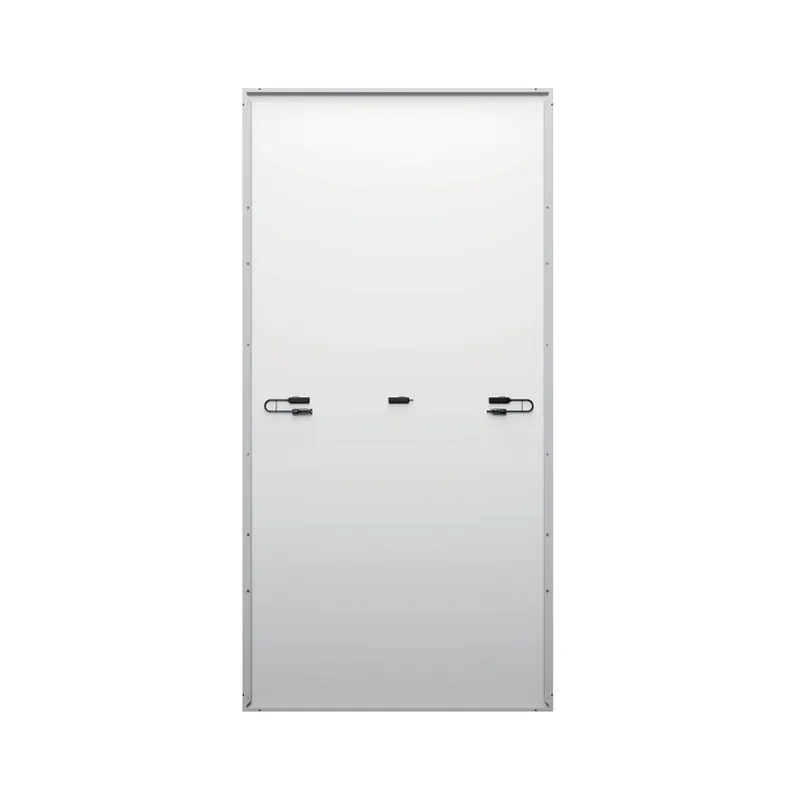Choosing the Right Solar Panels for Your 2000 Square Foot Home Installation Guide
Harnessing Solar Power How Many Panels Do You Need for a 2000 Sq Ft Home?
As the world pivots towards sustainable energy solutions, the adoption of solar panels has gained significant traction. For homeowners, especially those occupying spaces around 2000 square feet, understanding the solar energy potential of their property is crucial. In this article, we’ll explore the number of solar panels needed for a 2000 sq ft home, factors influencing this requirement, and the benefits of going solar.
Understanding Your Energy Needs
Before delving into the technicalities of solar panel installation, it's vital to assess your energy consumption. On average, a typical 2000 square foot home uses about 800 to 1,000 kWh of electricity per month, depending on factors such as the number of occupants, appliances, and lifestyle. To obtain a clearer picture, homeowners should review their electric bills from the previous year to calculate their average monthly usage.
Calculating Solar Panel Requirements
Once you know your energy needs, you can estimate the number of solar panels required. The average solar panel produces about 300 watts of power. If we assume that you wish to cover around 80% of your energy needs through solar power, here’s how the calculation works
1. Monthly Energy Requirement Let's say your home uses 900 kWh/month. This translates to 30 kWh/day (900 kWh divided by 30 days). 2. Daily Energy Production per Panel With an average of 5 peak sunlight hours per day, a 300-watt panel produces about 1.5 kWh daily (300 watts × 5 hours / 1000).
3. Total Panels Needed To meet 30 kWh/day, you’ll need approximately 20 panels (30 kWh / 1.5 kWh per panel).
Therefore, for a 2000 sq ft home, you would likely need around 18 to 24 solar panels to effectively meet your energy needs, depending on your specific circumstances.
Factors Impacting Solar Panel Installation
solar panels for 2000 sq ft home

Several variables can influence the number of panels required
- Geographical Location Solar energy generation is heavily influenced by sunlight availability. Homes in sunny states like California and Arizona will generate more energy than those in regions with more cloud cover.
- Roof Orientation and Tilt The angle and direction of your roof can significantly affect energy generation. South-facing roofs with a slight tilt are ideal for maximizing solar exposure.
- Energy Efficiency Implementing energy-efficient appliances and practices can lower your overall energy needs, reducing the number of solar panels required. Insulation, energy-efficient windows, and LED lighting can help minimize electricity consumption.
- Local Regulations and Incentives Depending on where you live, there may be state-specific regulations and incentives for solar installation. These can significantly affect the overall cost and the financial viability of installing solar panels.
Benefits of Solar Panels
Installing solar panels offers numerous advantages. Firstly, they provide clean, renewable energy, which helps reduce your carbon footprint. Secondly, they can lead to substantial savings on electricity bills over time, making solar a financially sound investment. Additionally, many regions offer tax credits and rebates for solar installation, enhancing the financial incentives.
Moreover, solar panels can increase the resale value of your home, making it more attractive to potential buyers. As energy costs continue to rise, a home equipped with solar power solutions represents long-term savings and energy independence.
Conclusion
In conclusion, installing solar panels for a 2000 sq ft home typically requires around 18 to 24 panels, depending on energy consumption, location, and other factors. Embracing solar energy not only contributes to environmental sustainability but also promotes financial savings and enhances property value. As technology advances and the cost of solar systems continues to decrease, now is an opportune time for homeowners to consider this renewable energy solution.
-
Understanding the Advantages of Solar String Inverters for Your Energy SystemNewsApr.29,2025
-
Choosing the Right PV Inverter: A Comprehensive GuideNewsApr.29,2025
-
The Future of Solar Power: Exploring Bifacial Solar PanelsNewsApr.29,2025
-
The Complete Guide to Solar Panels: Efficiency, Cost, And InstallationNewsApr.29,2025
-
The Best Options for Efficiency and Cost-EffectivenessNewsApr.29,2025
-
Harnessing the Power of Off-Grid Solar Inverters for Energy IndependenceNewsApr.29,2025







